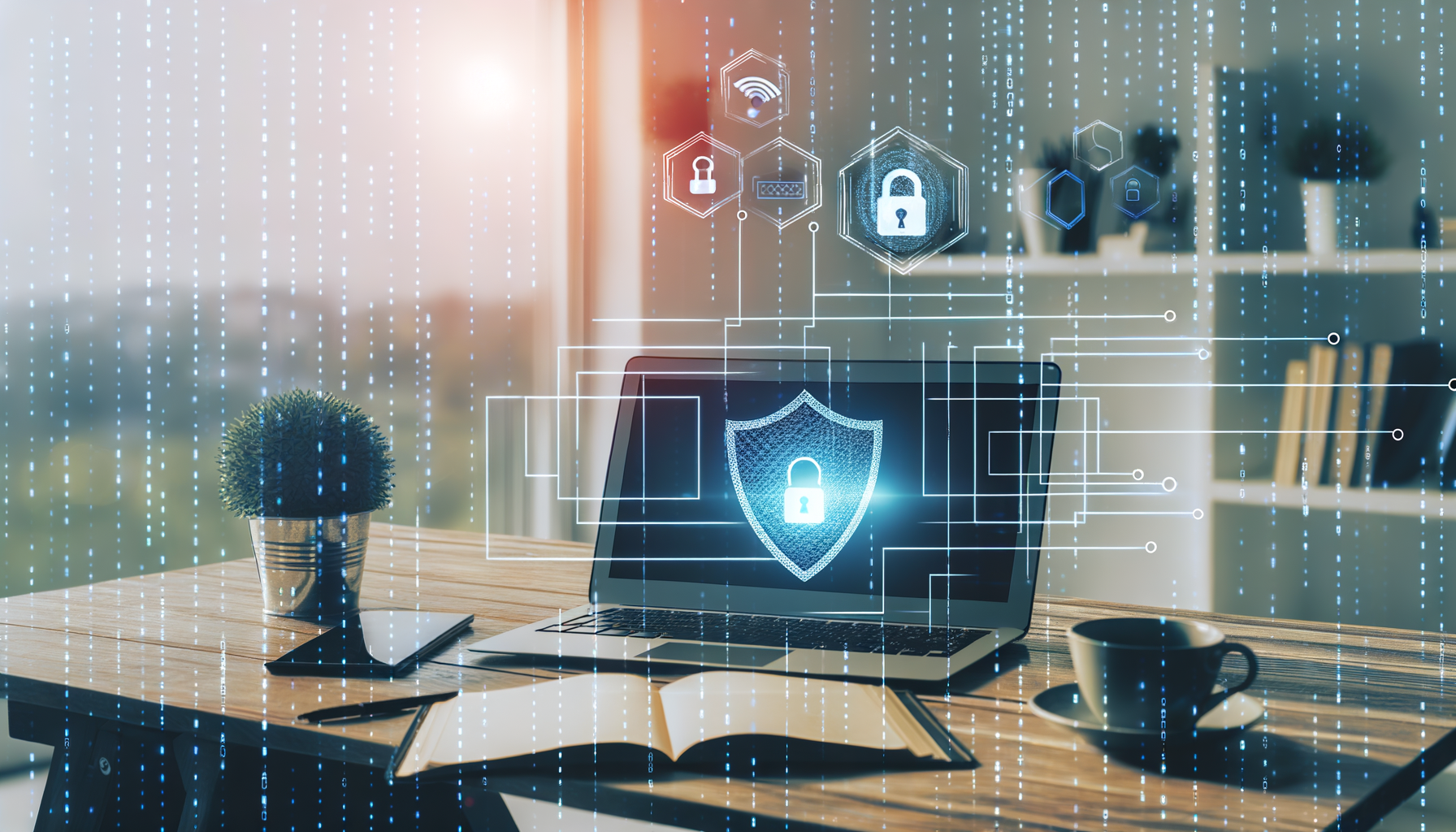In the digital age, where technology is rapidly evolving and becoming an integral part of our daily lives, cybersecurity has emerged as a critical concern. The recent shift towards remote work due to the global pandemic has further amplified these concerns. As businesses adapt to this new normal, ensuring the security of their data and systems has become paramount. This comprehensive guide will delve into the intricacies of ‘cybersecurity in the age of remote work’, offering insights and practical solutions for businesses navigating this challenging landscape.
Table of Contents
- The Rise of Remote Work
- Cybersecurity Challenges in Remote Work
- Best Practices for Cybersecurity in Remote Work
- Case Studies: Cybersecurity Successes and Failures in Remote Work
- Future Trends: Cybersecurity and Remote Work
- Conclusion
The Rise of Remote Work
The advent of digital technologies has made it possible for employees to work from anywhere, leading to a significant increase in remote work. According to a Gartner survey, 82% of company leaders plan to allow employees to work remotely at least some of the time.
The Benefits and Drawbacks of Remote Work
While remote work offers numerous benefits such as increased flexibility and reduced commuting time, it also presents several challenges. These include:
- Difficulty in maintaining work-life balance
- Isolation and lack of social interaction
- Cybersecurity risks
Cybersecurity Challenges in Remote Work
The shift to remote work has opened up a new set of cybersecurity challenges for businesses. Employees working from home often use personal devices and unsecured networks, making them vulnerable to cyber threats.
The Most Common Cyber Threats in Remote Work
Some of the most common cyber threats faced by remote workers include:
- Phishing attacks
- Ransomware attacks
- Data breaches
Best Practices for Cybersecurity in Remote Work
Despite these challenges, there are several best practices that businesses can adopt to ensure the security of their data and systems.
Implementing Strong Password Policies
One of the simplest yet most effective ways to enhance cybersecurity is by implementing strong password policies. This includes using complex passwords, regularly updating them, and using two-factor authentication.
Using Secure Networks and VPNs
Encouraging employees to use secure networks and Virtual Private Networks (VPNs) can significantly reduce the risk of cyberattacks.
Case Studies: Cybersecurity Successes and Failures in Remote Work
This section will delve into real-world examples of businesses that have successfully navigated the cybersecurity landscape in remote work, as well as those that have faced significant setbacks due to cybersecurity failures.
Future Trends: Cybersecurity and Remote Work
As remote work continues to become more prevalent, businesses must stay ahead of emerging trends in cybersecurity. This section will explore these trends and their implications for businesses.
Conclusion
In conclusion, while remote work presents several cybersecurity challenges, businesses can navigate this landscape by adopting best practices and staying abreast of emerging trends. We invite you to explore our range of innovative solutions designed to help businesses enhance their cybersecurity in the age of remote work.
Please ensure that all HTML elements are functioning correctly before publishing.



Leave a Reply